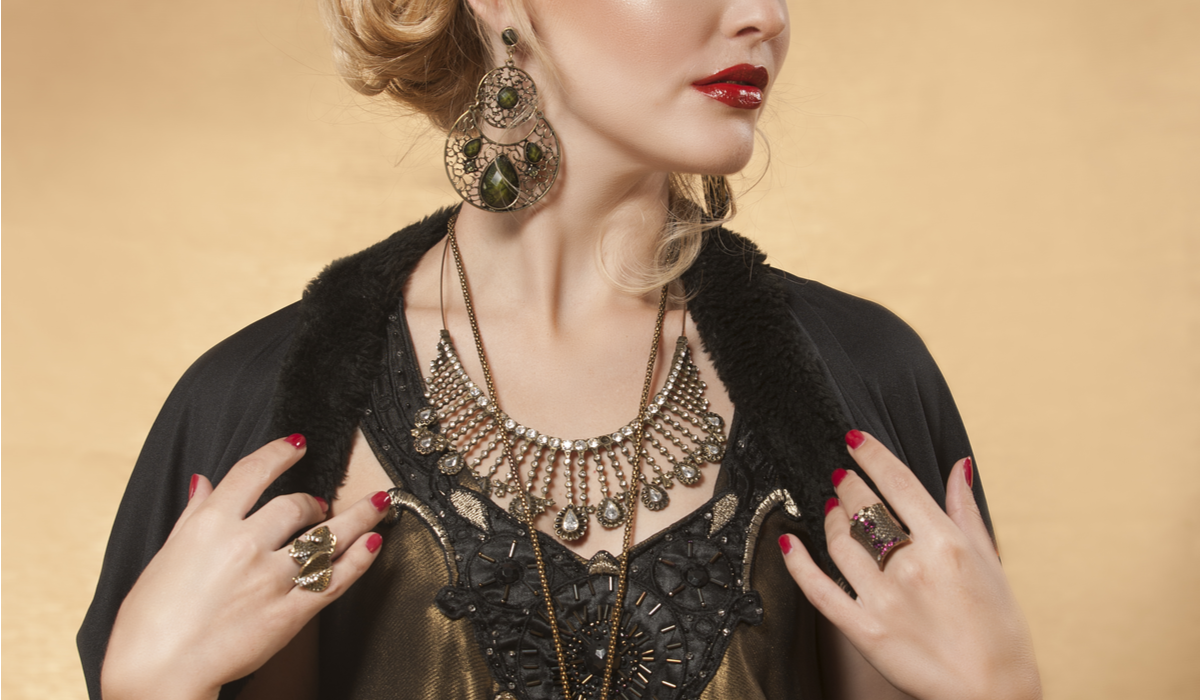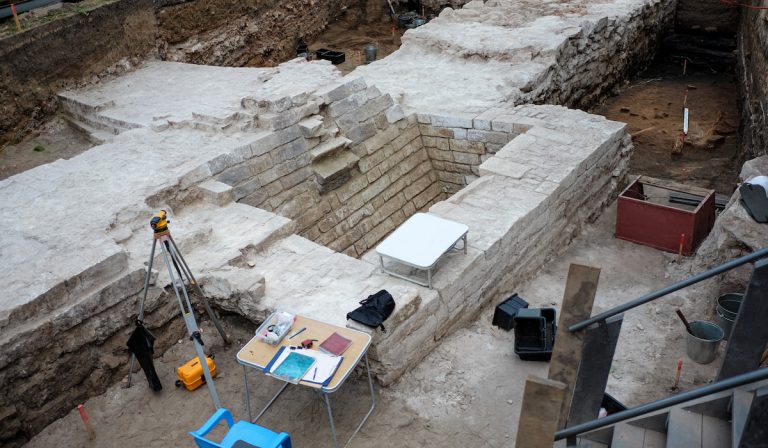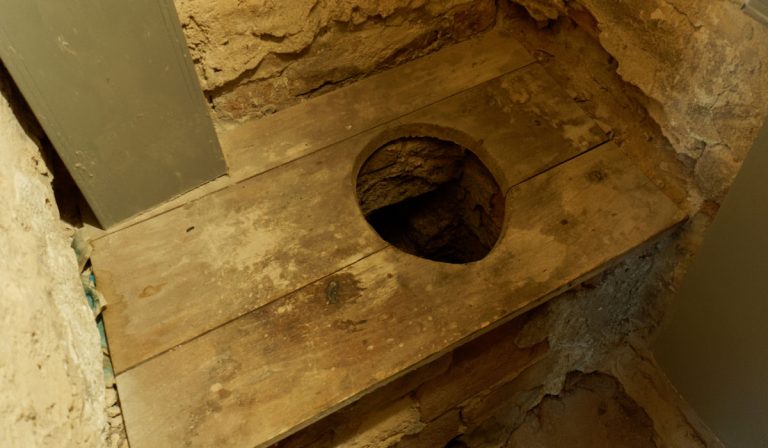The History of Byzantine Jewelry Explained
From chunky necklaces to gem-studded brooches, the Byzantines held nothing back when making jewelry. Their jewelry even influenced the production of personal decorations throughout the medieval world, from the Carolingians to the Ottonians.
If the preview of this article already excites you, wait till you read the rest. Below, we detail the history of Byzantine jewelry.
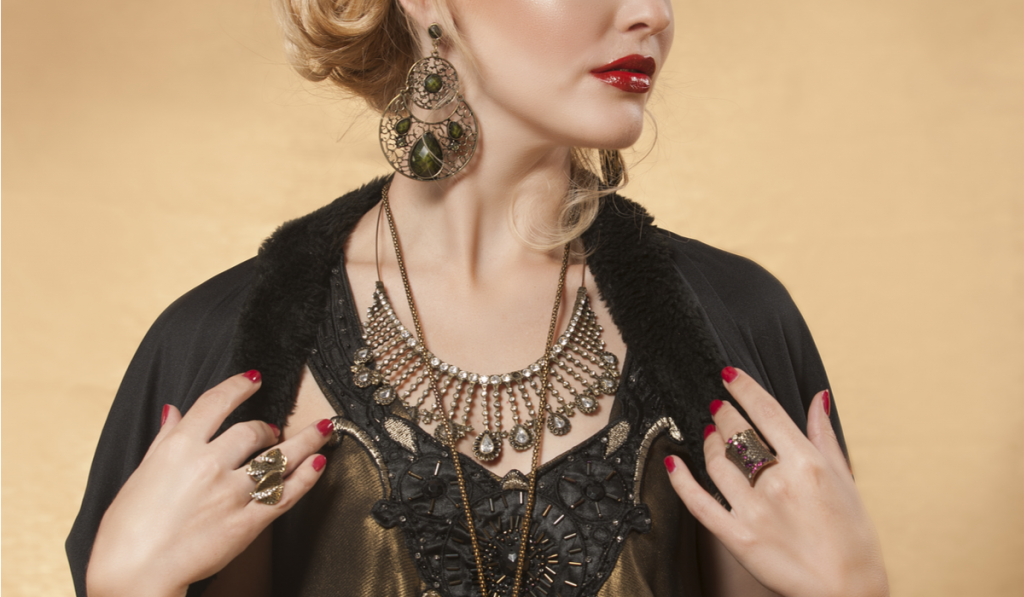
The History of Byzantine Jewelry
Byzantine jewelry embodies influences from Northern Africa and other countries like Russia and Greece. Artisans also portrayed their skills with religious symbols like the cross.
The Byzantine Empire had affluence due to the numerous gold mines within its borders. It was also an ideal location for trade.
Due to this abundance in wealth, jewelry became an essential commodity, like shoes and clothes.
The Byzantines used jewelry for diplomatic relations and also to indicate their social status. The more jewelry a person wore, the more affluent the person was.
Military officers, high-ranking officials, and successful traders could afford the best jewelry.
However, jewelry became commonplace at one point. So, to keep some things exclusive, Emperor Justinian made a decree in 529 AD – the Justinian Code – to regulate the usage of jewelry.
The law reserved the use of pearls, rubies, sapphires, and emeralds for the emperor. However, regular citizens were free to wear gold rings.
The emperor often presented his favorite servants with jewelry made in the imperial workshops.
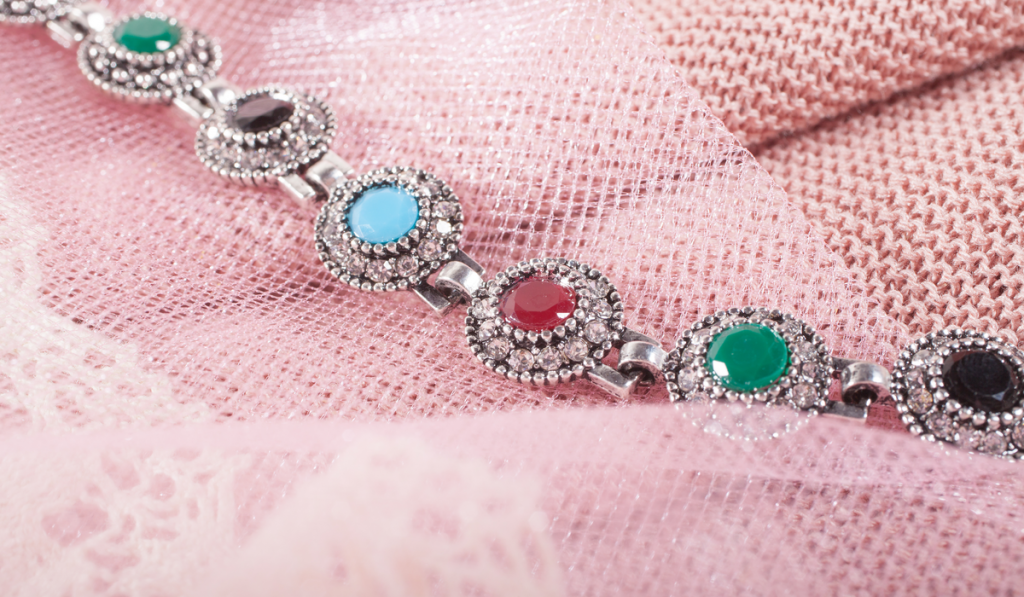
Byzantine jewelry styles remained relevant until the looting of Constantinople in the 12th century. As the Byzantine Empire died, so did its jewelry style. The Gothic style eventually took its place.
After Rome and the Byzantine Empire fell, Europe fell into its Dark Ages. The wealth and affluence from the previous age vanished. Luxuries like jewelry became almost non-existent in European life.
During this period, jewelry became exclusive to royalty, the aristocracy, and the clergy.
Materials
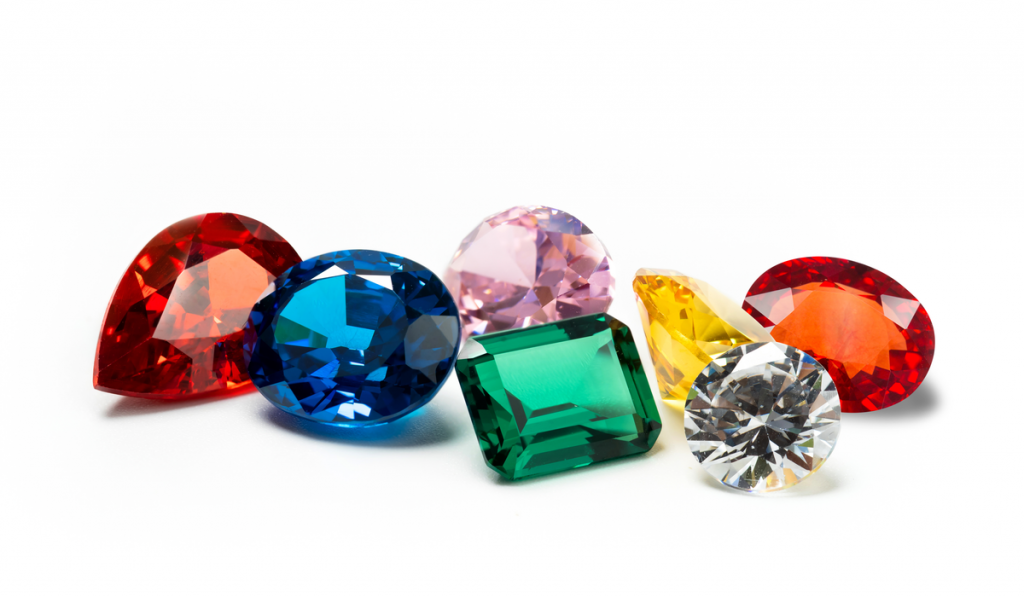
Gemstones were popular in the Byzantine culture, and the gems’ exhibition held more prominence than the surrounding goldwork.
The Byzantines imported large amounts of pearls, garnets, corundum, and beryls into Constantinople from places like Persia and India. Gold and silver came from within the borders of the empire.
The Byzantines liked to wear colorful jewelry. So, in addition to gemstones, they used enamel, glass, ceramic, and base metals like copper and bronze in their jewelry.
Styles and Techniques
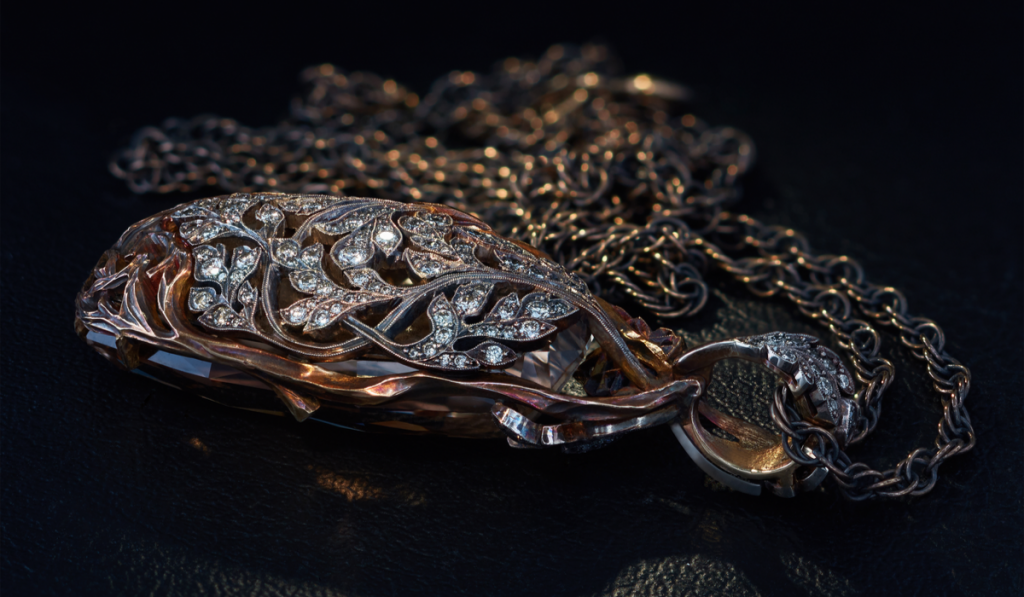
Byzantine jewelry was famous for its intricate and heavy jewelry designs. The following are some of the techniques master jewelers used to fabricate those designs:
Die Struck
Die striking involves repeatedly heating, hammering, or pressurizing metal into a specific shape.
Repoussé
Repoussé is a relief technique used to create patterns in the metal.
Chasing
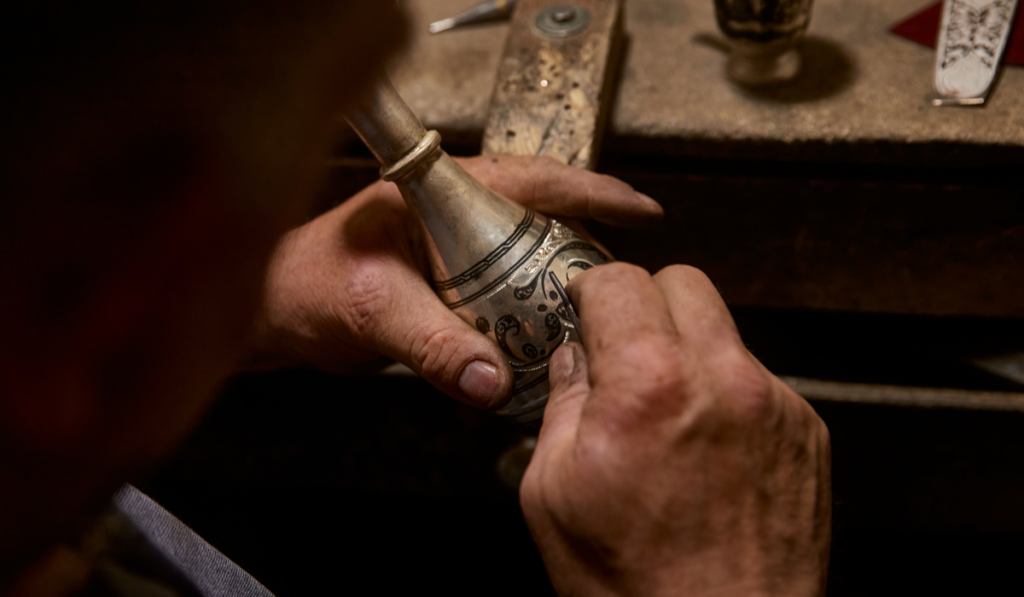
Chasing is a technique that involves using a hammer to raise or depress lines in the metal. The tools required to carry out chasing techniques include:
- Lining Tool – Jewelers used this tool to draw lines while outlining letters and shapes. Lining tools have many types of tips and sizes.
- Modeling Punch – Jewelers used modeling punches to push out the desired shape.
- Planishing Punch – Jewelers used the planishing punch to add refining touches to the relief.
- Matting Punch – Jewelers hid marks and shadows left behind by the punching tool with the matting punch.
- Doming or Dotting Tool – Jewelers used this to form grooves or dimples of various widths.
- Jig Punch – Jewelers used this tool to ensure the spaces for creating decorative margins and impressions were even.
- Chasing Hammer – Jewelers used this small, lightweight hammer to create tiny impressions.
- Pitch Tray – Jewelers used it to hold the metal in place during the construction process.
Opus Interrasile
Opus interrasile is a beautiful technique that is also called pierced work. The end result looks like a delicate lattice.
Intaglio
Intaglio is used for engraving images into or beneath the surface of a gemstone. (These engraved images were common on seals in the late 19th century.)
Cameo
Cameo involves carving a raised relief on a gemstone. The most common designs for cameos were the faces of royalty or religious symbols.
Niello

Niello is a black paste or powder mixture that Byzantine jewelers used as an inlay on silver or gold jewelry. They put it on the engravings and heated it until the mixture flowed between the metal grooves.
Cloisonné
Cloisonné is soldering thin gold wires to create clear images on jewelry.
The cloisonné enamel technique made its way into the workshops of the Byzantine Empire around the 9th century. Afterward, it became prevalent.
Byzantine jewelers quickly became experts at cloissoné and used it frequently to portray saints. They also used this technique to fabricate pectoral jewelry (a broach that lies on the breast).
Types of Byzantine Jewelry
The jewelry box of a typical Byzantine had a lot of jewelry. Below we highlight some types of jewelry worn in the Byzantine Empire.
Collars
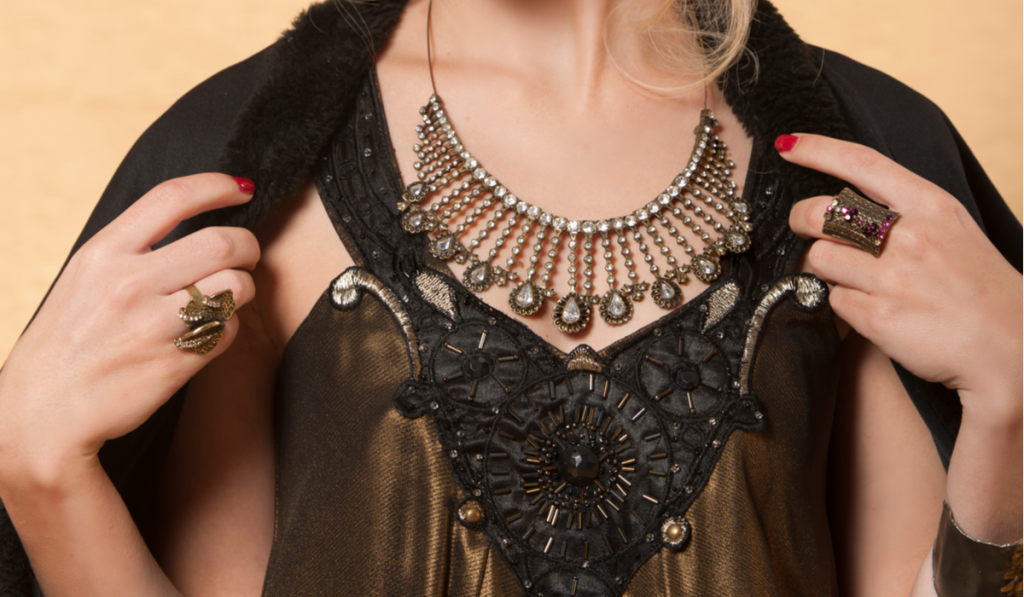
In the Byzantine Empire, collars were exclusively for the imperial family and were large with clusters of gemstones.
Byzantine Hoop Ring
A Byzantine hoop ring was made exclusively for men with a series of opal-like gemstones called cabochons.
Marriage Ring
In the Byzantine Empire, the jewelers crafted marriage rings from gold. The marriage rings had a flat-disk top with engravings of a man, woman, and a cross.
Earrings
Byzantines decorated their earrings with pendants made from round gemstones with drilled holes. They then passed a gold wire through the hole, and the wire served as the chain.
Architectural Ring
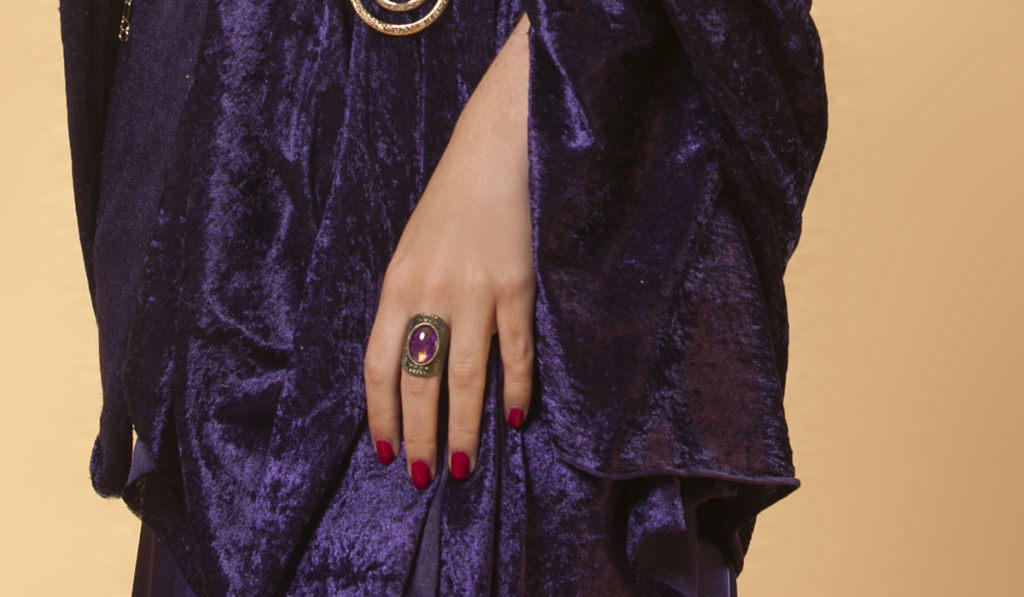
An architectural ring has a high relief and a large gemstone, essentially like a statement ring.
Crown
Based on Justinian’s mosaics, the emperor’s crown had three tiers studded with gemstones like pearls and rubies. The empress’ crown was also three-tiered but with long strings of pearls hanging on either side.
Brooch
Mosaics also depict Justinian’s brooch: a flat, circular broach displaying a large red stone surrounded by pearls with three pearls hung by gold chains.
Necklace and Pectoral Ornaments

It was not uncommon to see women wearing necklaces with large gem-sets in the Byzantine Empire. The men, on the other hand, preferred pectoral ornaments.
Typically coin-shaped, the pectoral ornaments of Byzantine men were a form of status symbol – usually military status.
Bracelet
Byzantine women also had bracelets for themselves. Most of the time, they wore their bracelets in pairs.
Interestingly, some of the bracelet designs they used then are still in vogue. Snake bracelets are one case in point.
Resources:
- https://smarthistory.org/wearable-art-byzantium/
- https://culturetaste.com/blog/34_byzantine-post-byzantine-jewelry-a-short-history.html
- https://gallerybyzantium.com/byzantine-baubles-the-history-of-jewelry/
- https://www.wise-geek.com/what-is-byzantine-jewelry.htm
- https://innovatodesign.com/blogs/featured/byzantine-jewelry-history-and-art-during-the-middle-ages
- https://www.langantiques.com/university/byzantine-jewelry/

